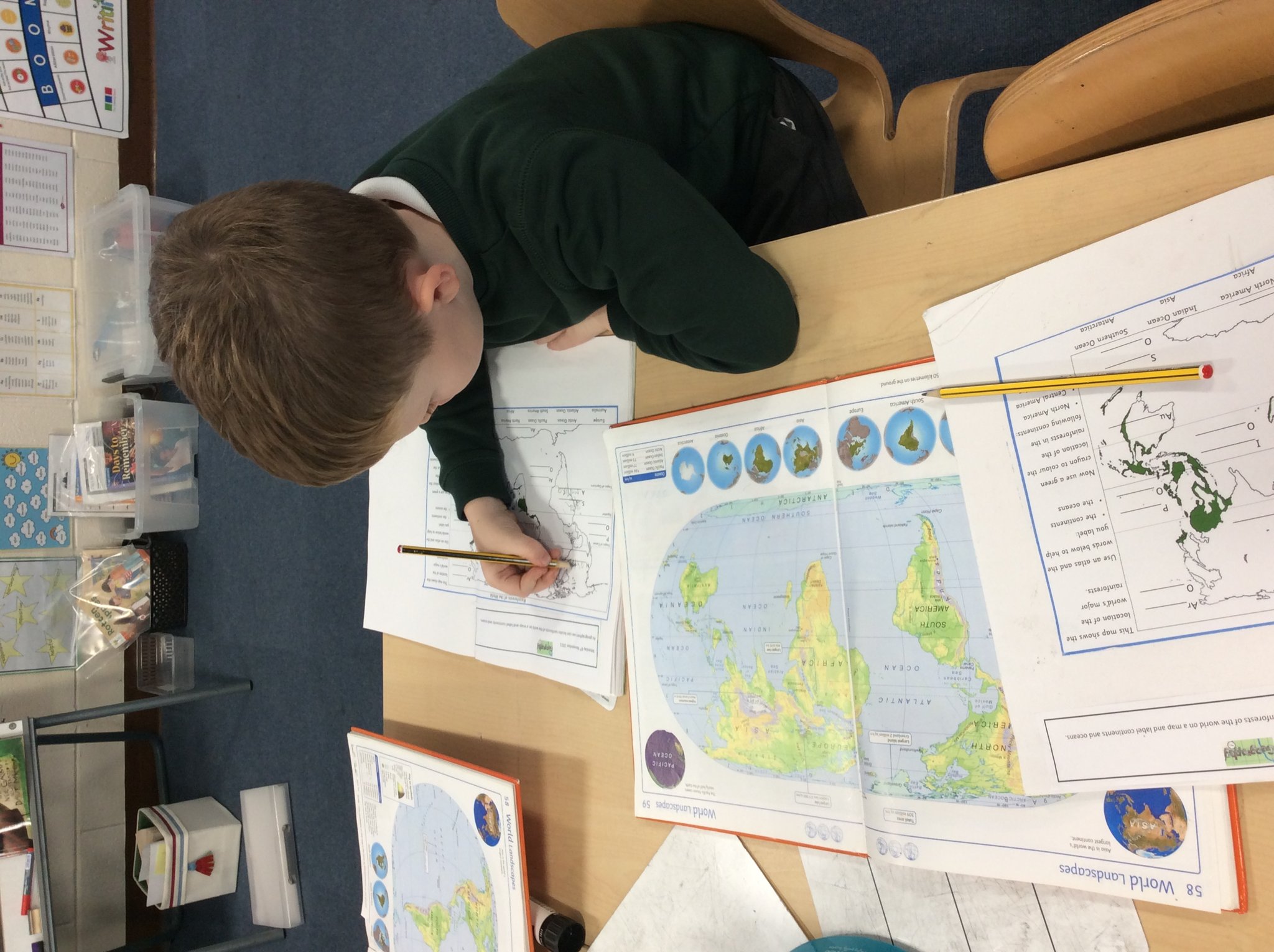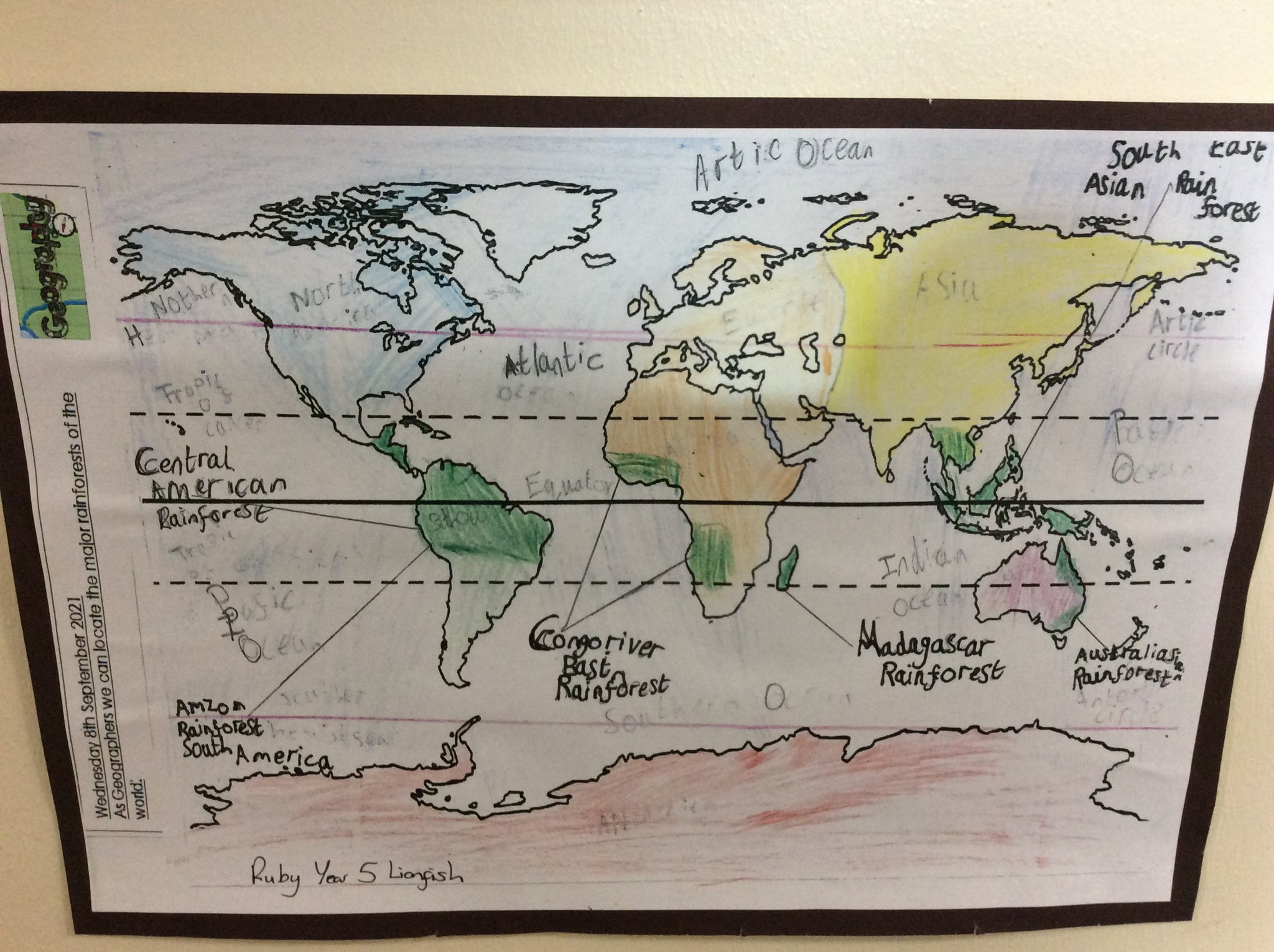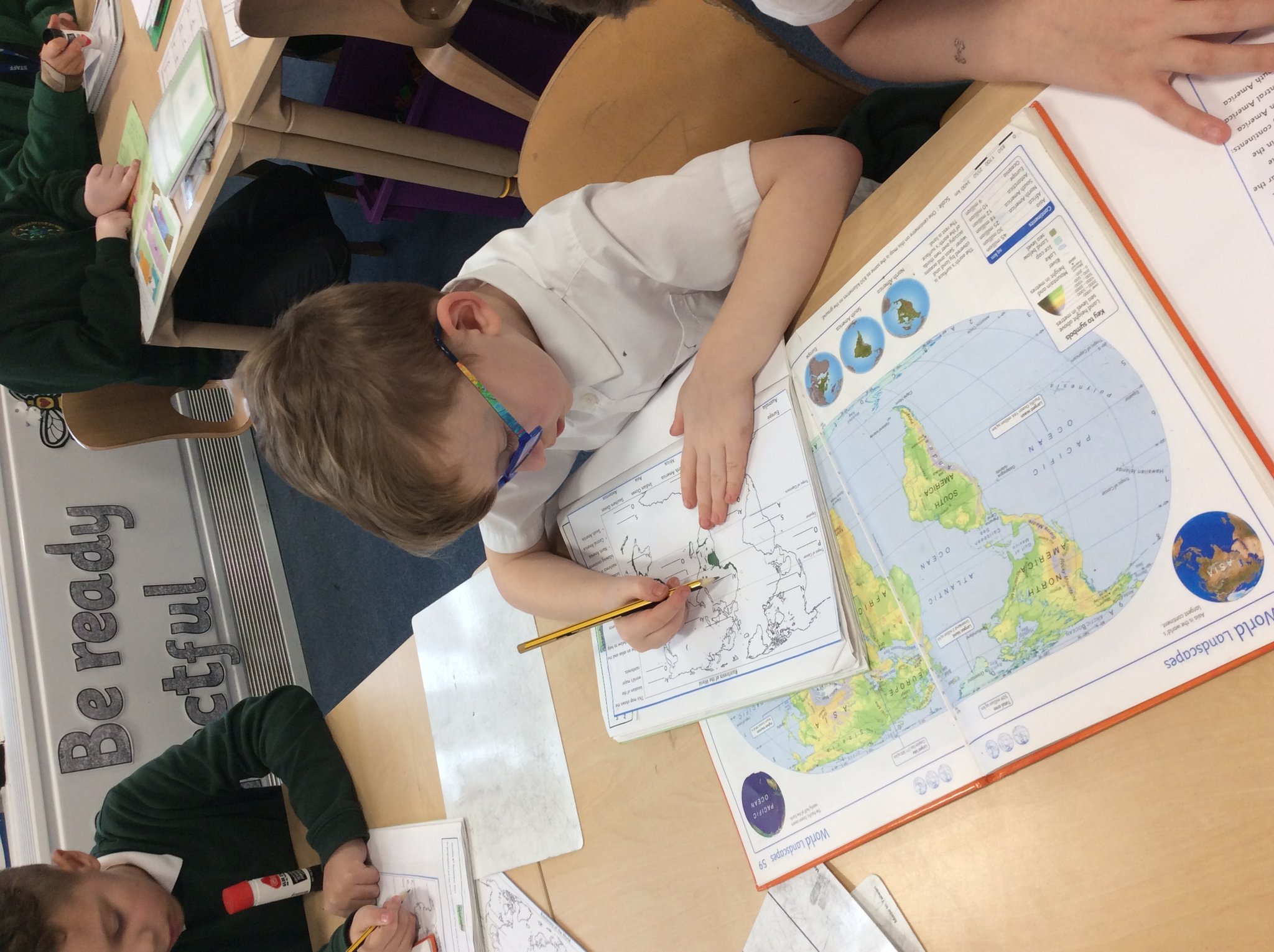Geography Curriculum



Intent, Implementation and Impact
Geography is challenging, motivating, topical and fun. In our diverse society, children need, more than ever before, to understand other people and cultures. Geography makes a major contribution to children's physical, intellectual, social and emotional development. In short, geography matters.
INTENT
In school our wider intent is to make learning meaningful and memorable. In terms of our geography curriculum we work hard to develop a curriculum that displays excitement, creativity and critical thinking about the world. It will equip young people to make their own way in it. Geography at Boarshaw Primary extends far beyond the walls of the classroom. Our aim is to provide the children with a breadth of memorable experiences, to shape our pupils into curious and considerate global citizens. By the time our students leave us, they will be well equipped with the skills and the knowledge to explore the world around them and have a greater understanding of their planet.
We also intend for the children to develop an in-depth knowledge of our community and locality. We have local woodlands and allotments in the surrounding areas. We want the children to appreciate and respect the wonderful world and encourage stewardship of their surroundings and community.
IMPLEMENTATION
At Boarshaw Primary, our geography curriculum follows the FOCUS Education and the National Curriculum. This provides children with an array of enriching opportunities, with a strong focus on Learning Challenges. Our children experience a wide range of school trips, including our Year 6 residential trip to Kingswood and a number of local area visits to develop the children’s awareness of their locality. In lessons, children develop their geographical enquiry skills though exploring physical environments, human interactions and how the two areas intertwine with each other.
IMPACT
We use a range of strategies to assess what skills and knowledge the children have attained each term including the following:
-
Long Term Planning /Medium Term Planning
-
Knowledge Organiser
-
Pre and Post Learning tasks
-
Book looks
-
Learning Walks
-
Pupil Voice
-
Floor books to showcase our Geography work
-
Regular feedback with Subject Leaders.
At Boarshaw Primary School we believe geography is about understanding the world by: comparing locations; investigating; researching different sources; writing and talking about places; asking and answering questions. It may seem strange to think about your child as a geographer. However, the primary years are the first opportunity to see how your child interacts with their environment — and how the environment influences them.
In Key Stage One children will be asked to begin to develop a geographical vocabulary by learning about where they live, as well as one other small area of the United Kingdom. Children will learn about weather patterns in the United Kingdom and around the world. They will use ICT, world maps, atlases and globes, simple compass directions, aerial photographs and plans, as well as simple fieldwork and observational skills.
In Key Stage Two the geography curriculum builds and expands on previous knowledge children have gained in Key Stage One. There are three focus areas: locational knowledge, place knowledge and human and physical geography.
Listed below are some websites which might be useful for pupils and parents.
Key Stage One
BBC Schools - KS1 Geography
Topmarks Geography
KS1 CrickWeb Geography
Primary Games Area
Key Stage Two
Kids Geo
National Geographic Kids
Ducksters Education
National Curriculum Objectives
Key Stage One
Pupils should be taught to:
-
Locational knowledge
-
Name and locate the world’s seven continents and five oceans
-
Name, locate and identify characteristics of the four countries and capital cities of the United Kingdom and its surrounding seas Place knowledge
-
Understand geographical similarities and differences through studying the human and physical geography of a small area of the United Kingdom, and of a small area in a contrasting non-European country Human and physical geography.
-
Identify seasonal and daily weather patterns in the United Kingdom and the location of hot and cold areas of the world in relation to the Equator and the North and South Poles.
-
Use basic geographical vocabulary to refer to: key physical features, including: beach, cliff, coast, forest, hill, mountain, sea, ocean, river, soil, valley, vegetation, season and weather
-
Use key human features, including: city, town, village, factory, farm, house, office, port, harbour and shop Geographical skills and fieldwork.
-
Use world maps, atlases and globes to identify the United Kingdom and its countries, as well as the countries, continents and oceans studied at this key stage.
-
Use simple compass directions (North, South, East and West) and locational and directional language [for example, near and far; left and right], to describe the location of features and routes on a map.
-
Use aerial photographs and plan perspectives to recognise landmarks and basic human and physical features; devise a simple map; and use and construct basic symbols in a key.
-
Use simple fieldwork and observational skills to study the geography of their school and its grounds and the key human and physical features of its surrounding environment.
Key Stage Two
Pupils should be taught to:
Locational knowledge
-
Locate the world’s countries, using maps to focus on Europe (including the location of Russia) and North and South America, concentrating on their environmental regions, key physical and human characteristics, countries, and major cities.
-
Name and locate counties and cities of the United Kingdom, geographical regions and their identifying human and physical characteristics, key topographical features (including hills, mountains, coasts and rivers), and land-use patterns; and understand how some of these aspects have changed over time.
-
Identify the position and significance of latitude, longitude, Equator, Northern Hemisphere, Southern Hemisphere, the Tropics of Cancer and Capricorn, Arctic and Antarctic Circle, the Prime/Greenwich Meridian and time zones (including day and night)
Place knowledge
-
Understand geographical similarities and differences through the study of human and physical geography of a region of the United Kingdom, a region in a European country, and a region within North or South America.
Human and physical geography
Describe and understand key aspects of:
-
Physical geography, including: climate zones, biomes and vegetation belts, rivers, mountains, volcanoes and earthquakes, and the water cycle.
-
Human geography, including: types of settlement and land use, economic activity including trade links, and the distribution of natural resources including energy, food, minerals and water.
Geographical skills and fieldwork
-
Use maps, atlases, globes and digital/computer mapping to locate countries and describe features studied.
-
Use the eight points of a compass, four and six-figure grid references, symbols and key (including the use of Ordnance Survey maps) to build their knowledge of the United Kingdom and the wider world.
-
Use fieldwork to observe, measure, record and present the human and physical features in the local area using a range of methods, including sketch maps, plans and graphs, and digital technologies.